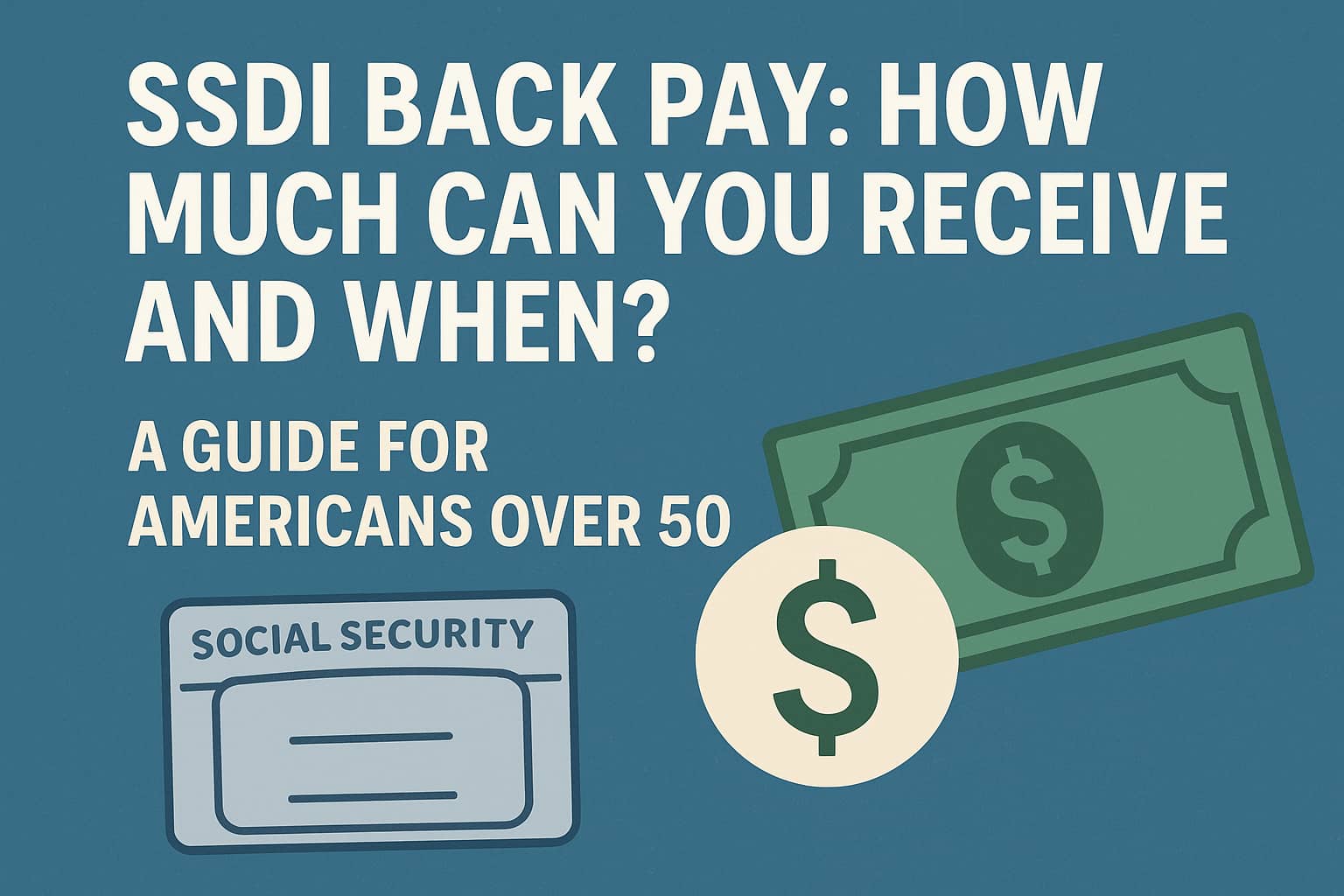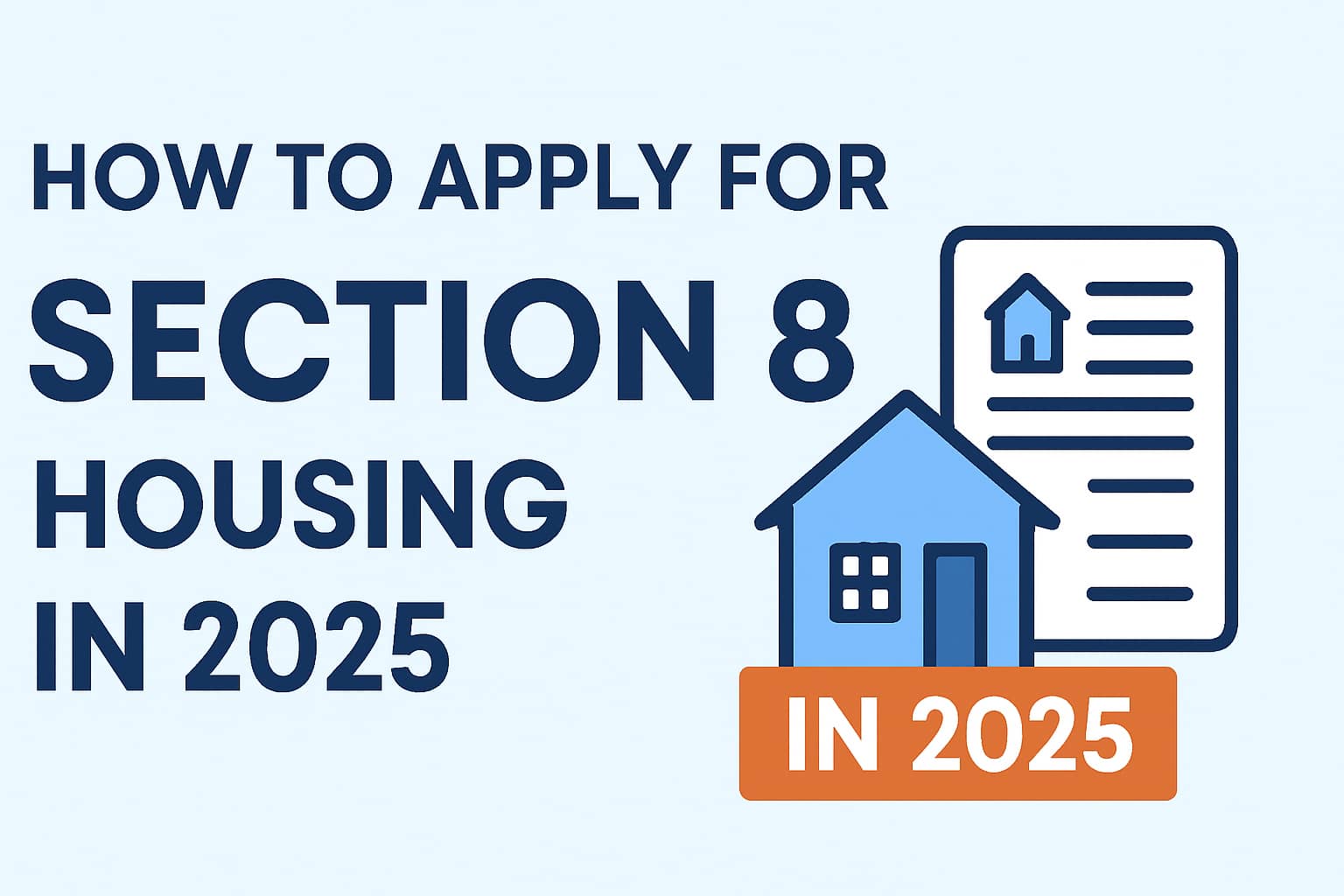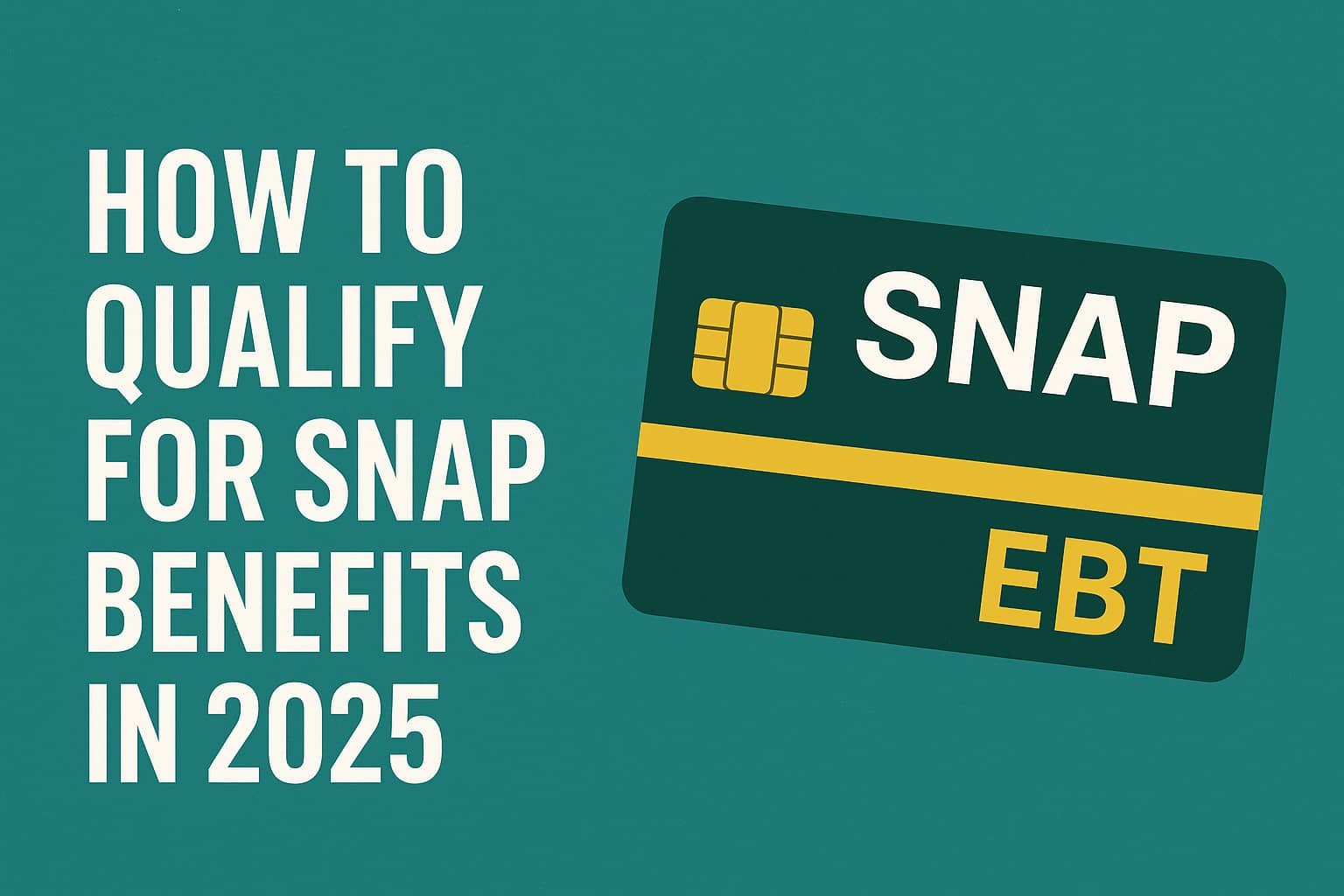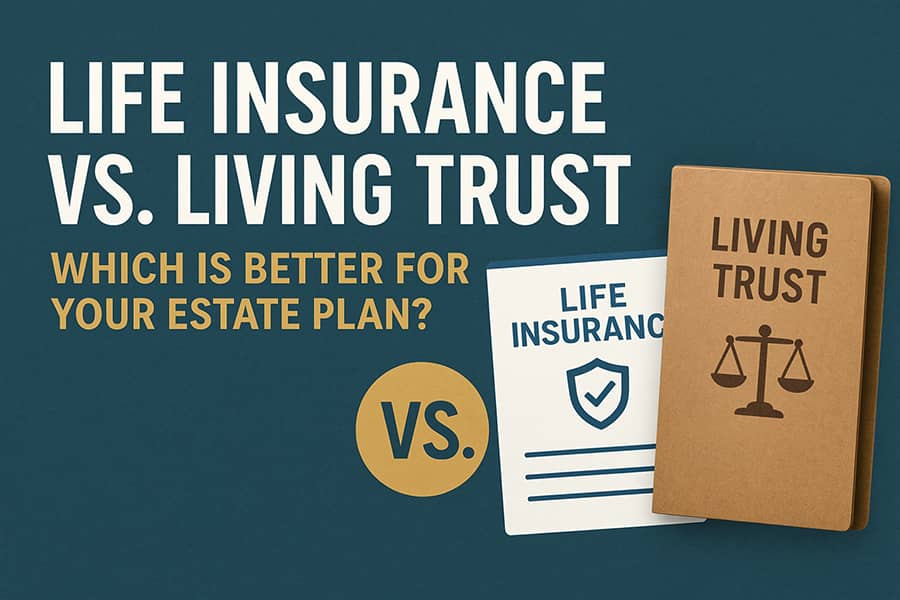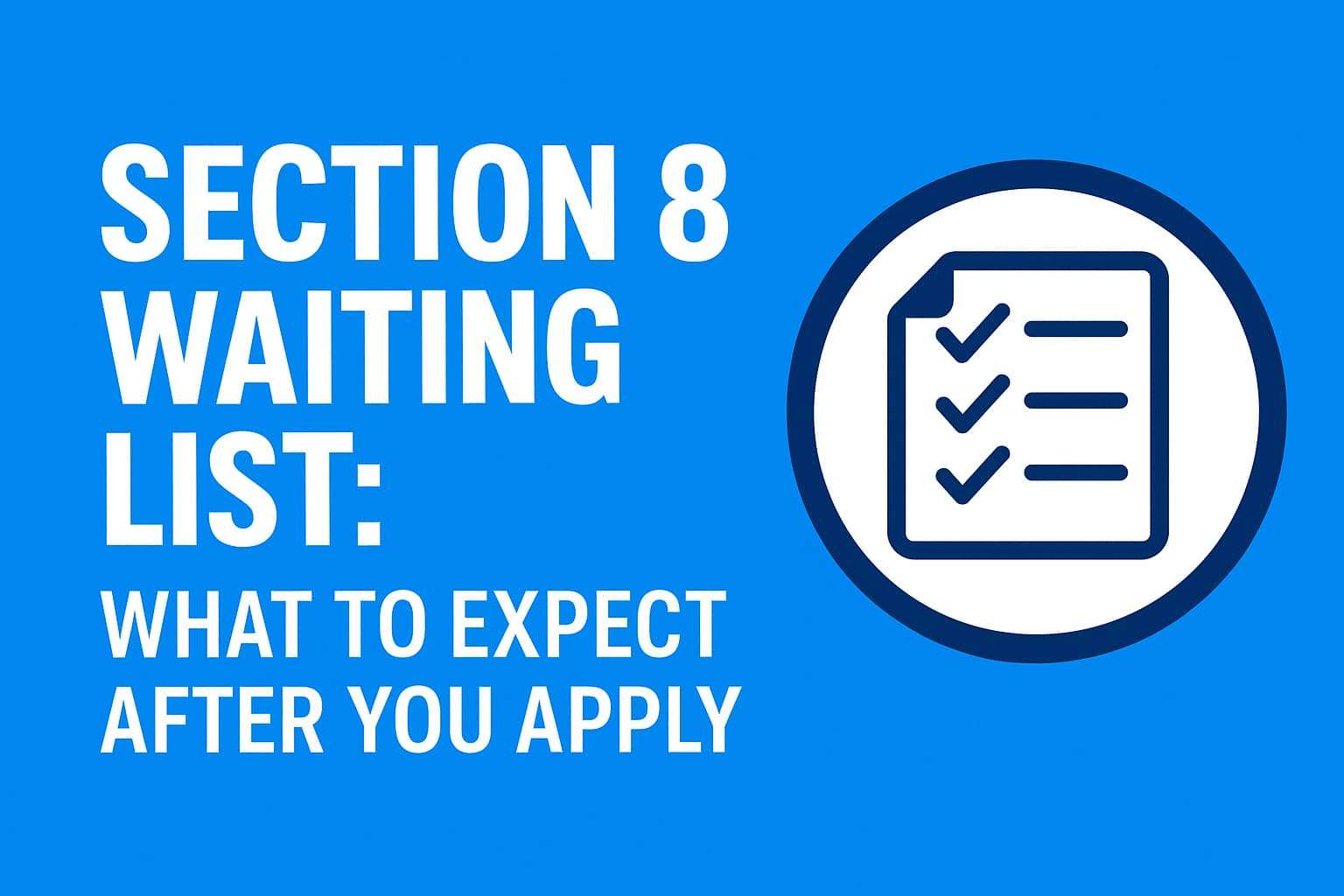
What to Expect After You Apply: The Section 8 Waiting List
September 29, 2025
For many Americans over 50, finding safe, affordable housing can feel overwhelming. With rising rents, limited income, and increased healthcare expenses, stretching your monthly budget can be tough. That’s where the Section 8 Housing Choice Voucher Program comes in.
This federal program, run by the U.S. Department of Housing and Urban Development (HUD), helps low-income families, seniors, and people with disabilities pay for housing. But if you’ve recently applied—or are thinking about applying—you may be wondering: what happens next?
The truth is, getting approved for Section 8 is only the first step. Most applicants will be placed on a waiting list, sometimes for months or even years. In this guide, we’ll explain exactly what you can expect after applying, how waiting lists work, and tips to improve your chances of getting assistance sooner.
Understanding the Section 8 Program
The Housing Choice Voucher Program (HCV)—often called Section 8—provides rental subsidies to eligible households. Instead of public housing where you live in a government-owned building, Section 8 lets you choose where you want to live.
Here’s how it works:
- You find a rental unit in the private market.
- HUD pays a portion of your rent directly to the landlord.
- You pay the rest, usually around 30% of your adjusted monthly income.
For older adults living on Social Security, pensions, or disability benefits, this can mean the difference between stable housing and homelessness.
The Section 8 Application Process
When you apply for Section 8, you’re essentially asking your local Public Housing Authority (PHA) to review your eligibility. Each PHA has its own rules, but most require:
- Proof of income (tax returns, Social Security statements, pension documents)
- Identification (driver’s license, Social Security card, birth certificate)
- Household information (who lives with you, ages, and relationships)
- Residency status (must be a U.S. citizen or eligible immigrant)
If your application is accepted, you’ll be placed on a waiting list unless vouchers are available immediately—which is rare.
Why Are Waiting Lists So Long?
Housing demand in the U.S. far exceeds supply. According to HUD, only 1 in 4 eligible households actually receive rental assistance because funding is limited.
Waiting lists are long for several reasons:
- High demand: Millions of Americans qualify.
- Limited funding: Congress sets annual budgets for HUD.
- Local housing shortages: Some areas simply don’t have enough landlords who accept vouchers.
- Priority rules: PHAs often prioritize seniors, people with disabilities, or extremely low-income households.
For someone over 50, the wait can feel frustrating—but understanding how the process works can help set realistic expectations.
What Happens After You Apply
Here’s what you can expect step by step after submitting your application:
1. Application Confirmation
After applying, you should receive a confirmation notice. This might be a letter, email, or an online account update depending on your PHA. Save this—it proves you applied.
2. Placement on the Waiting List
If the list is open, you’ll be added. If the list is closed, your application may not even be accepted until the PHA reopens it.
3. Selection from the Waiting List
PHAs don’t always use a first-come, first-served system. Many use a lottery system or apply preference categories such as:
- Seniors over 62
- People with disabilities
- Veterans
- Homeless individuals or those at risk of homelessness
4. Notice of Selection
Once your name comes up, you’ll receive a notice to attend an eligibility interview. At this point, you’ll need to provide detailed documentation to prove your household’s income and status.
5. Final Approval and Voucher Issuance
If approved, you’ll be given a housing voucher. From there, you have a limited time (often 60–120 days) to find a landlord willing to accept it.
How Long Is the Section 8 Waiting List?
The waiting period depends on where you live. For example:
- Large cities (New York, Los Angeles, Chicago): Wait times can be 5–10 years.
- Smaller towns or rural areas: Wait times may be a few months to 2 years.
- High-demand regions (California, Florida, Texas): Expect longer delays.
Some PHAs close their waiting lists for years at a time because demand is so overwhelming.
Checking Your Section 8 Waiting List Status
Most PHAs allow you to check your status online. Here’s how:
- Log in to your PHA’s online portal (if available).
- Call the PHA office directly.
- Watch your mail for updates—many still send paper notices.
💡 Tip: Keep your contact information updated. If the PHA can’t reach you, you may be removed from the list.
What Can Cause Delays or Denials?
Even after years on the waiting list, some applicants are denied. Common reasons include:
- Income changes that push you above the limit
- Missing documents or failing to attend required interviews
- Criminal history that disqualifies you under HUD rules
- Previous eviction from public housing due to fraud or unpaid rent
For older applicants, missing deadlines is a common reason for delays. Always respond quickly to letters or emails from the PHA.
What to Do While Waiting
The waiting list can feel endless, but there are steps you can take in the meantime:
- Apply to multiple PHAs
- You’re not limited to just one. Apply anywhere the list is open.
- Explore other rental assistance programs
- Some states offer their own housing subsidies.
- Nonprofits like Catholic Charities, Salvation Army, and local housing coalitions sometimes provide temporary rental help.
- Look into senior housing options
- Many communities offer reduced rent for seniors 55+.
- Consider HUD’s Public Housing Program
- Unlike Section 8, this involves living in government-owned housing but may have shorter wait times.
- Stay organized
- Keep a folder with copies of your application, ID, income proof, and all correspondence.
Life After Receiving a Voucher
Once you finally receive a voucher, the process continues:
- Finding a Unit
- You must find a landlord willing to accept vouchers within your allotted time.
- The unit must pass a HUD Housing Quality Standards (HQS) inspection.
- Signing a Lease
- The lease is between you and the landlord, but the PHA pays their portion directly.
- Ongoing Recertification
- Each year, you’ll need to recertify your income and household information.
Taxes, Benefits, and Section 8
Section 8 does not count as taxable income, and it does not reduce Social Security, SSI, or SSDI benefits. For Americans over 50 relying on fixed income, this makes it a stable supplement.
Example Timeline
Here’s a realistic example for a 55-year-old applicant:
- January 2025: Apply to Section 8 in Phoenix, AZ
- March 2025: Receive notice that you’re on the waiting list
- July 2027: Selected from the list (2+ years later)
- August 2027: Attend eligibility interview
- October 2027: Receive voucher
- November 2027: Move into a Section 8-approved apartment
Final Thoughts
For Americans over 50, the Section 8 waiting list can be both a lifeline and a source of frustration. It’s important to understand that applying doesn’t mean immediate help. Depending on where you live, you may wait months—or even years—before receiving a voucher.
The best approach is to apply widely, stay organized, and explore other options while waiting. Once you do receive your voucher, you’ll gain the stability of affordable housing and the peace of mind that your rent won’t consume your entire income.
👉 If you’re on the waiting list now, stay patient, stay informed, and keep your information updated. Your turn will come.
Disclaimer
This article is for informational purposes only and does not constitute legal or financial advice. For personalized guidance, consult your local Public Housing Authority or a housing counselor approved by HUD.
FAQs
Q: How do I know if I’m on the Section 8 waiting list?
Most PHAs allow you to check online or by calling their office.
Q: Can I apply for Section 8 in more than one state?
Yes. You can apply to multiple PHAs, even outside your state.
Q: How long does it usually take to get Section 8 after applying?
Anywhere from a few months to over 10 years, depending on your location.
Q: Do seniors get priority on the Section 8 waiting list?
Yes, many PHAs give preference to seniors, people with disabilities, and extremely low-income households.
Q: What happens if I miss a letter from the housing authority?
You could lose your spot on the waiting list, so always keep your contact info updated.
Recent Posts
SSDI Back Pay: How Much Can You Receive and When?
September 29, 2025
How to Apply for Section 8 Housing in 2025 – Complete
September 27, 2025
How to Qualify for SNAP Benefits in 2025: The Complete Guide
September 27, 2025
Supplements That Help With Memory Loss in Seniors
August 10, 2025
SUBSCRIBE TO OUR NEWSLETTERS
Subscribe our newsletter for latest news, questions. Let's stay updated!

